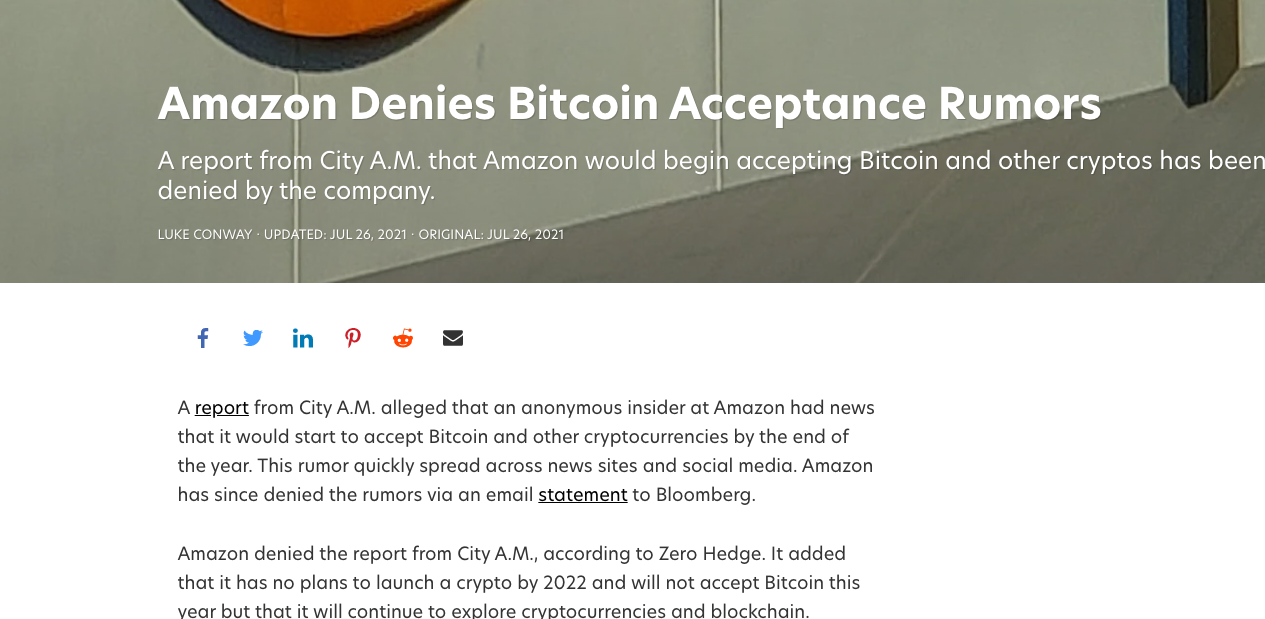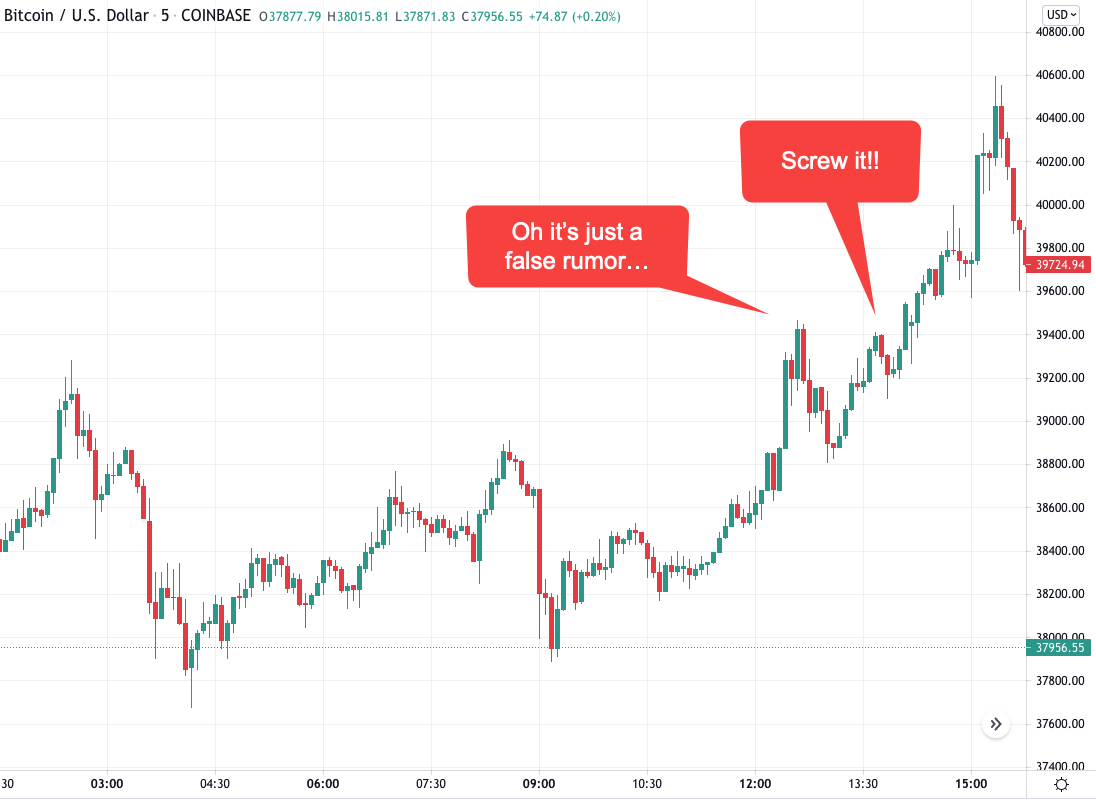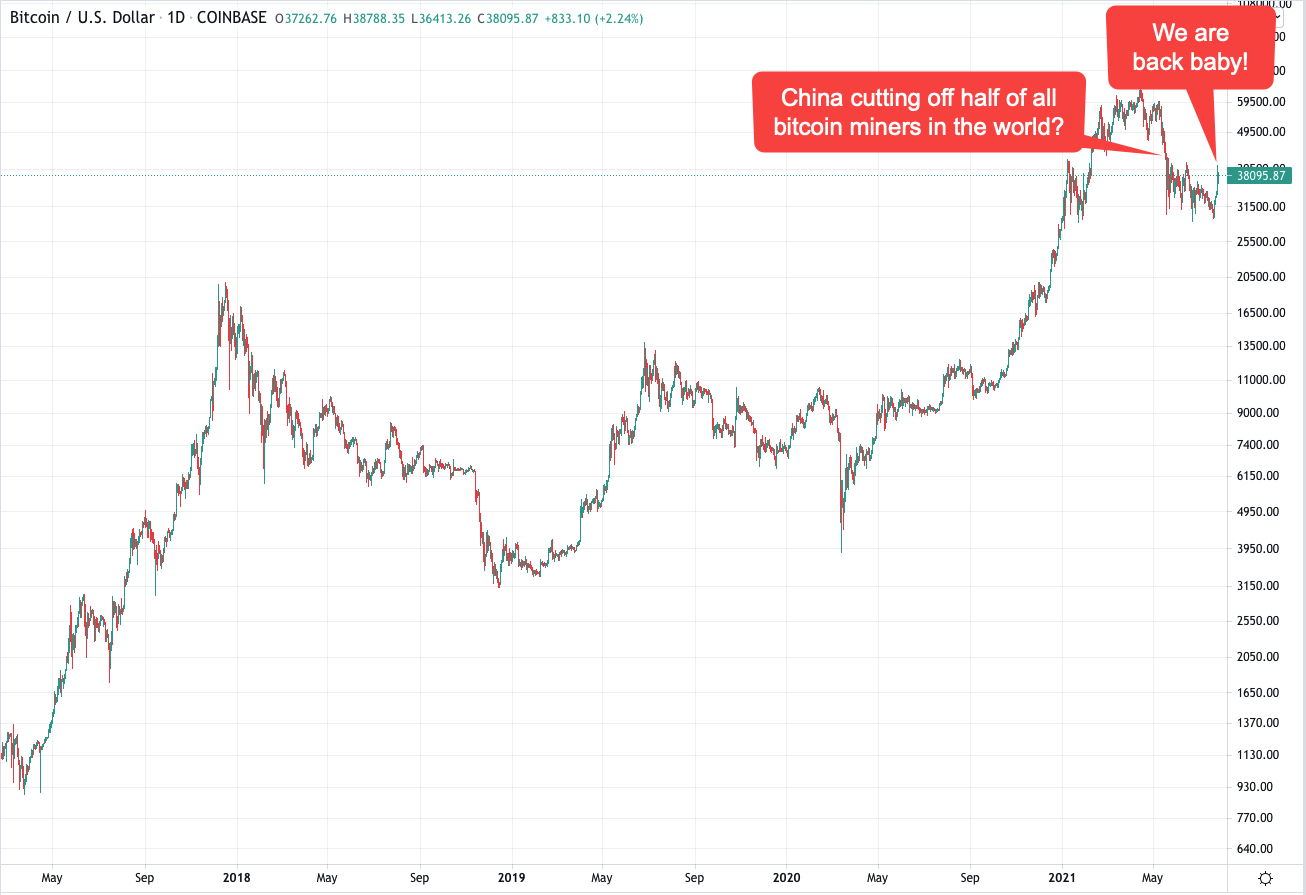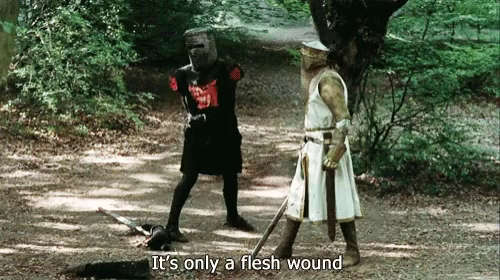Don’t you sometimes wish you could somehow travel backwards in time and place a few trades based on what you know? Or perhaps travel forward and then return with next year’s football almanac or next week’s lottery numbers? Unfortunately my time machine is still in the shop but in the interim I can do you a solid and teach you the next best thing: How to interpret the financial news to your advantage and consistently bank mighty coin in the process.
If you’ve spent enough time on bearish clickbait farms like ZeroEdge then, whether you want to admit it or not, your mind has become addicted to an emotional cocktail of anger, frustration, and a misguided sense of superiority.
Some call it doom p0rn but whatever you want to call it, repeated exposure to a daily laundry list of gloomy news is extremely damaging to your emotional state of mind and in particular your ability to function as a trader.
A few years back I actually wrote a seminal post on how to establish a personalized information diet and I’m proud to say that it has aged very well and remains as relevant today as it was back when I wrote it.
And there is a reason. If there is one ability that separates successful traders from the reset of the pack then it is this: Successful traders know how to interpret the news – good or bad – in their favor but not only that: They have the balls to take appropriate action.
Believe me when I tell you that this narrows the field considerably. It’s an ability that can be taught but in most cases is a natural talent based on a person’s upbringing or inherent disposition.
If that describes you then you can stop reading here. Otherwise pay attention as I will explain how you can benefit from all the doom & gloom and the fake news as opposed to being victimized by it like the vast majority of people.
I prefer to teach by example, so let’s use today’s headline regarding Monday’s bitcoin spike as exhibit A.
Honestly I’ve lost count of how many times I have seen these types of headlines:
‘Market X spikes fueled by [insert b.s. reason] as market shrugs off [b.s doom and gloom]’
Translation: The market went up and caught everyone with their pants down.
Lesson #1: Whenever you see the market ignore bearish news then you are in a bull market.
Remember, markets climb the wall of worry and they descend the slope of hope. There’s a reason for this aphorism.
Markets may change but people as a whole never ever change. In fact human behavior, and crowd behavior in particular, is quite predictable.
Ask anyone! They will tell you the exact opposite, which is sufficient proof that it’s true.
Here’s another nugget I ran into today and it squarely falls into the “spread false rumors and profit category”.
A.k.a. fake news – but not of the woke type but the old fashioned one. Meaning some utter b.s. that some smart player fed into the news circle in order to bang the price in his favor.
So what happened once everyone realized that Amazon accepting bitcoin was (allegedly) just a false rumor?
They just kept on buying, and bitcoin ran all the way to $40k until it pulled back due to profit taking.
Lesson #2: If the market bubbles higher on fake news you are in a bull market.
And this is CRUCIAL. Markets in a bull market always laugh off bad news whilst going bonkers on the flimsiest of good news, whether it turns out to be complete bullpucky or not.
Like when China banned half of the world’s bitcoin miners which managed to inflict significant damage but in the end proved unable to take bitcoin much below 30k and keep it there. At least for now.
Think about that for a moment. Half of the mining operations effectively gone and bitcoin is like: “it’s only a flesh wound!”
This is how bull markets behave. They look for reasons to go up but ignore all reasons to go down. And if they go down they bounce back quickly.
Despite all that participants constantly feel like the market is in danger of falling off the cliff. That being long is a risky bet, all evidence to the contrary.
The take away message here is that the past two months of pain in crypto have changed everything. Because unlike back at $60k a ton of weak hands have now been shaken out and are waiting on the sidelines seething with anger and frustration.
They feel like crap having sold at the bottom of the market and are secretly wishing, or should I say hoping, that the market will drop just one more time so they can jump back in. Which being shellshocked they of course wouldn’t do even if that scenario played out.
How often have you personally felt that way? How often have you secretly wished the market would drop just one more time after you having sold the very bottom?
I admit having done it several times and on not a single occasion did the market ever pull back. Because that is how capitulation smells like. And markets usually don’t capitulate several times in a row.
In the meantime bitcoin will get to $100k, and the shake out victims will finally start feeling confident enough to buy again… but then again wait for a pullback. (traders who got burned are always way more cautious when they touch the stove again).
But of course that pullback never comes… so the same muppet who sold all his coins at $30k will end up buying back in at $150k.
Just. Like. Last. Time.
Are you getting the message by now? Are you learning how to interpret the news in your favor?
All you need to do is to travel back in time and look at the countless examples of what was said or claimed before and then observe what happened as a result.
If that doesn’t cure you then I don’t know what will.
Alright now join me below the fold and let’s look at some actual technical evidence that will put a smile on your face:
Please log in to your RPQ membership in order to view the rest of this post. Not a member yet? Click here to learn more about how Red Pill Quants can help you advance your trading to the next level.





